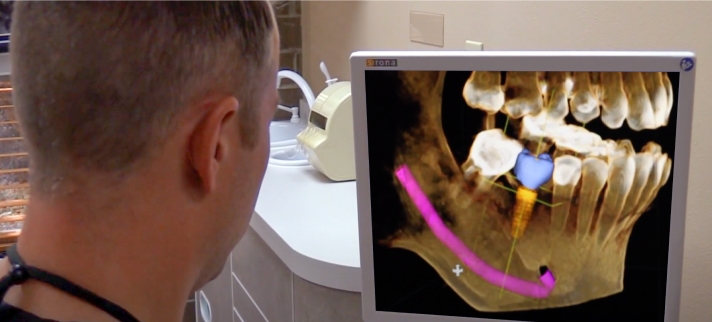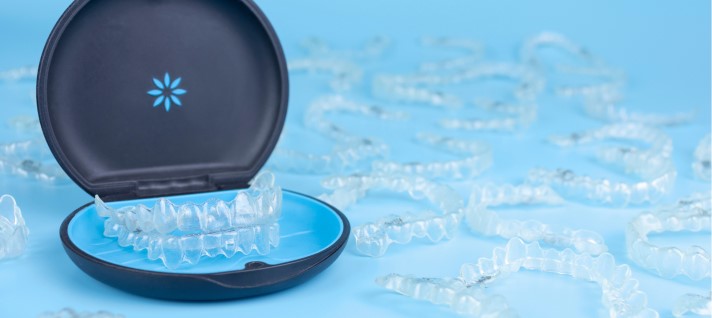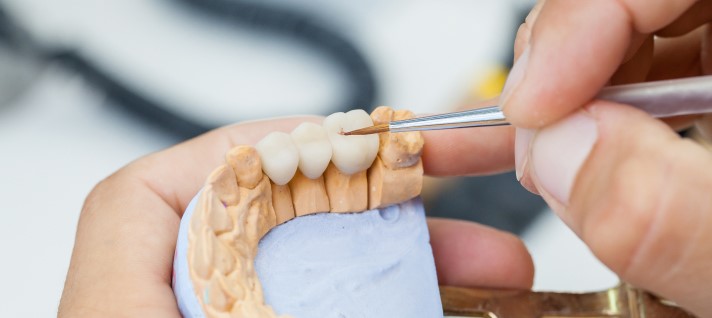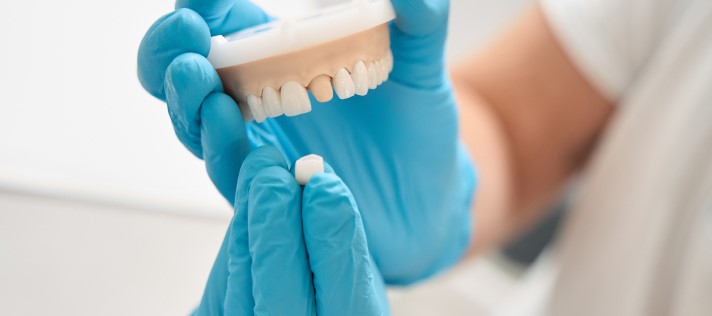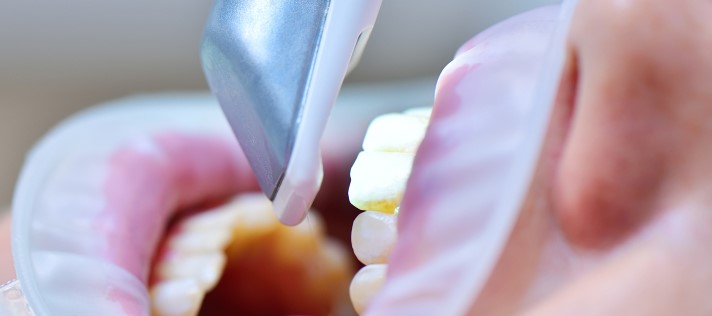Post-Op Instructions

Crowns and Bridges
Most of the crowns we do involve same-day CAD-CAM restorations done in our office. This technology means you leave the office with a permanent restoration. In some cases, you may wear a a temporary restoration before you receive your permanent crown or bridge. This is not as sturdy as the permanent version, so you should be careful when cleaning and eating. You should brush the area gently and should not pull up on the tooth when flossing because it could become dislodged. The same goes for eating. You should avoid sticky or chewy foods while you have the temporary in. There may be some sensitivity and irritation after the temporary or permanent is placed. This is normal and will subside after the soft tissue heals. A warm salt water rinse will help, and you can also take Advil or Tylenol if the pain does not go away. When a lab-fabricated restoration is needed, it’s usually placed about 2-3 weeks after your first appointment. Most patients do not need to be numb for the placement. The new restoration will feel smooth to your tongue and like a natural tooth. If after placement, your bite feels abnormal in any way, you should let your dentist know. Caring for your bridge or crown is just like caring for your own teeth. You should brush and floss regularly.
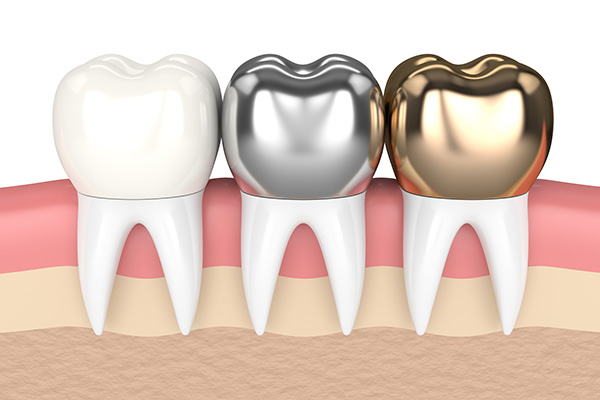
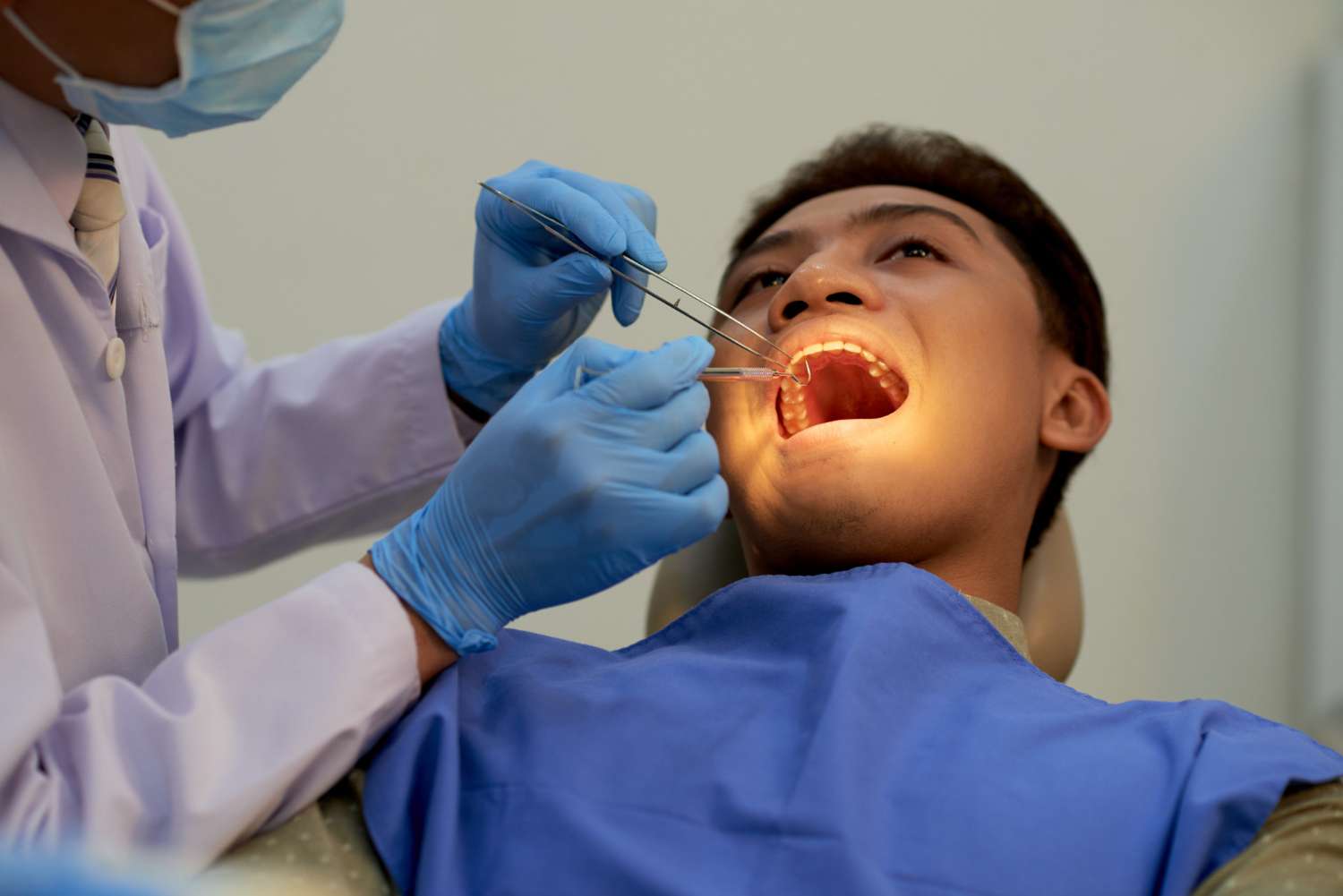
Extractions / Oral Surgery
After the surgery you will want to rest. If you have been sedated, you will have a driver and someone to stay with you for the remainder of the day. You can expect for the extraction site to bleed for a little while after the surgery. Gauze will be applied at the completion of the surgery, and you will want to change it as needed in the first hour. If bleeding continues for longer than expected, apply pressure with gauze or a moist tea bag. Rest when you return home, in an elevated position. Your dentist may have prescribed pain medication. for you. Please take this as directed. You have been provided with written care instructions and a care package. Please refer to specific instructions for your care. If you are unsure, please do not hesitate to contact the office. You will be limited to soft foods for a few days after your surgery. Some recommended foods are: Gelatin Pudding Yogurt Mashed Potatoes Ice Cream Thin Soups Other foods you can eat without chewing. When drinking, make sure you do not use a straw. The sucking motion can loosen your sutures and slow the clotting process. The same goes for smoking. If you have prolonged pain, bleeding, irritation, or don’t feel that the extraction site is healing properly call your dentist for a follow up.
White Fillings (Bonding) / Amalgams
After the anesthesia wears off your teeth will likely be a little sensitive. You should avoid hot and cold food or drink for the next few days. After that initial period, your treated teeth will feel as good as new. Continue your normal hygiene plan to ensure that your fillings last for a long time.

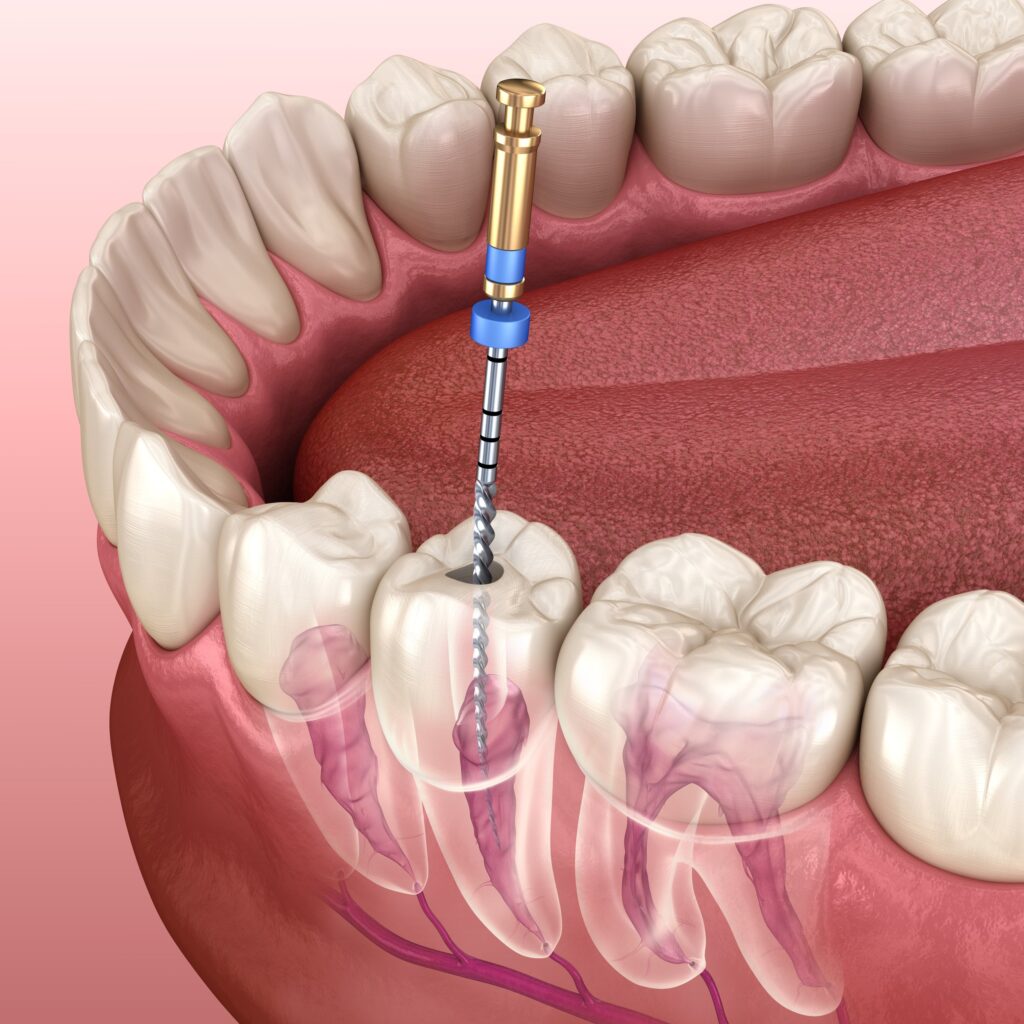
Root Canal Therapy
You can expect soreness after a root canal procedure for a few days. You should avoid chewing on the side of your mouth where the procedure was performed so you do not irritate the area and also to ensure that the temporary restorative material properly sets. You will also need to take an antibiotic to treat any remaining infection in your tooth. If you notice an increasing amount of pain or tenderness, a reaction to the medication, or the loss of the temporary restoration (filling) call your dentist immediately.
Veneers
Before you receive your permanent veneer you will first receive a temporary restoration. This is not as sturdy as the permanent version, so you should be careful when cleaning and eating. You should brush the area gently and should not pull up on the tooth when flossing because it could become dislodged. The same goes for eating. You should avoid sticky or chewy foods while you have the temporary in. There may be some sensitivity and irritation after the temporary or permanent is placed. This is normal and will subside after the soft tissue heals. A warm salt water rinse will help, and you can also take Advil or Tylenol if the pain does not go away. The long term restoration, in most cases, will be placed about 2 weeks after the initial appointment. The new restoration will feel smooth and like a natural tooth. You will care for your new restoration with regular brushing and flossing.
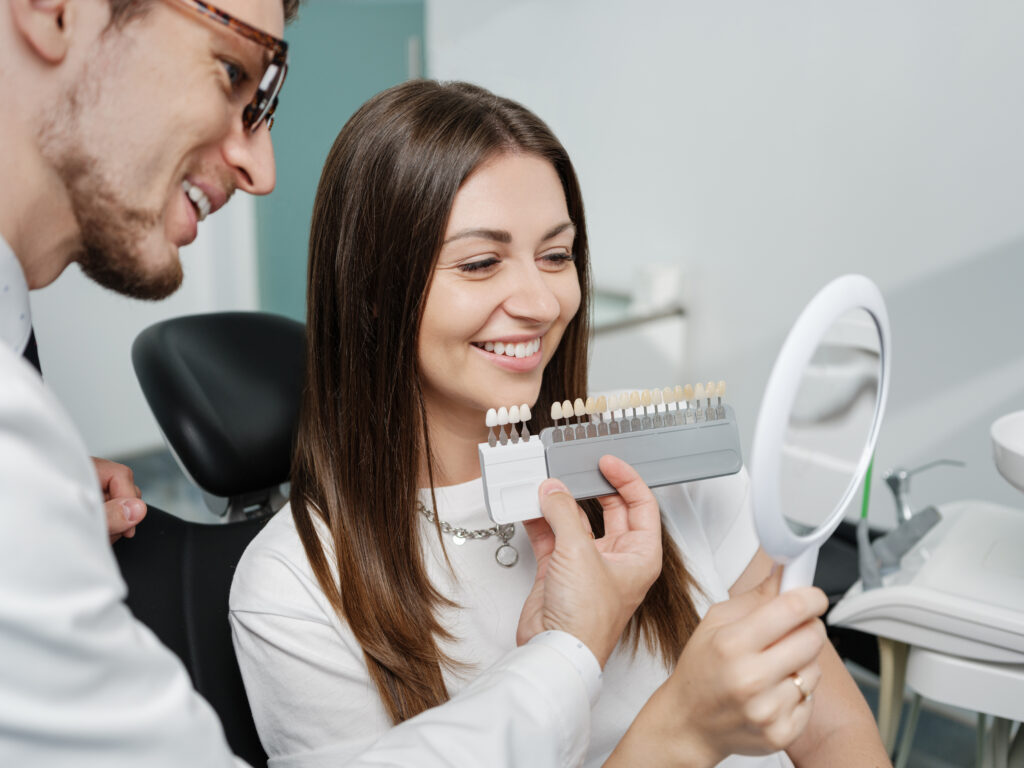
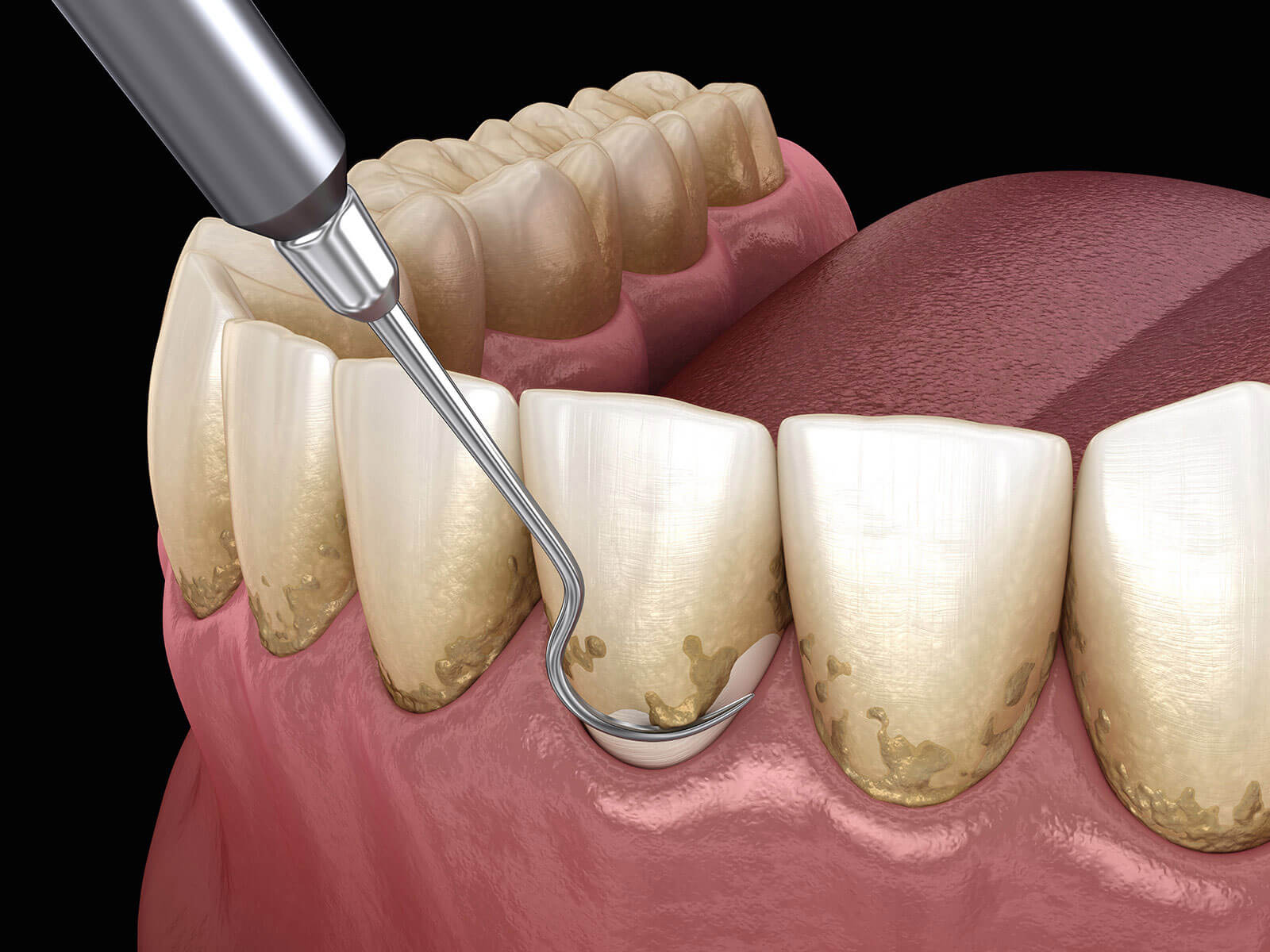
Scaling and Root Planing (Periodontal Therapy)
After this procedure your gums will probably be slightly sore and irritated for a few days. You should rinse your mouth with warm salt water (1 tsp salt/8 oz water) 2-3 times a day. This will relieve the pain and cleanse the area. Brushing and flossing should be continued right after the procedure, but you should brush gently so that you do not further irritate the area. If you experience any swelling or stiffness in the area you can place a cold compress on the area and take some pain relieving medicine. Avoid any hard or chewy foods for 2-3 days after the surgery to ensure the area heals correctly. If you continue to experience pain or swelling after a few days contact your dentist.

